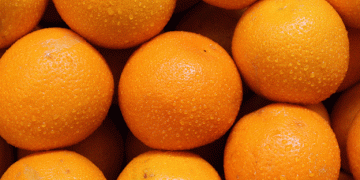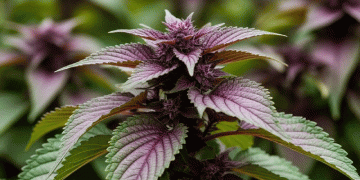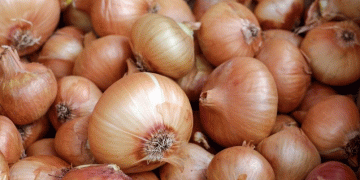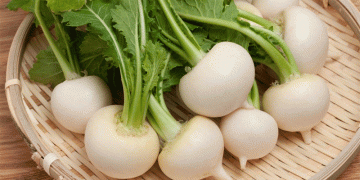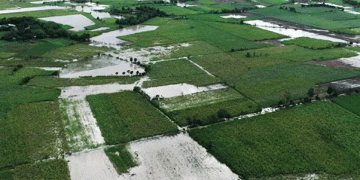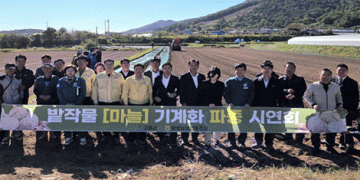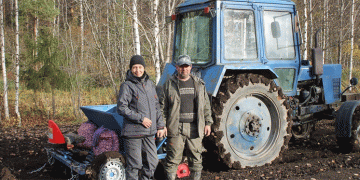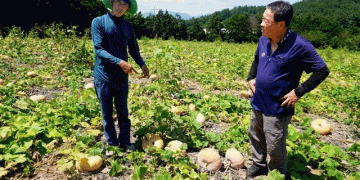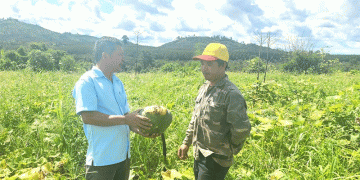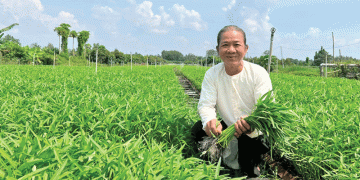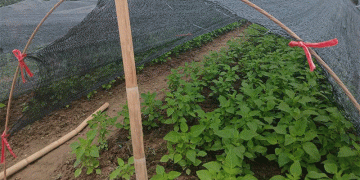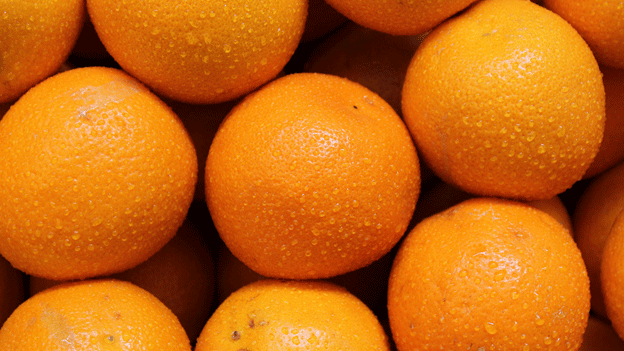Late-Season Orange Market Update: Declining Supply, Stable Prices, Shifting Origins
As calendar week 13 of 2025 wraps up, Europe’s orange market reflects the typical late-season dynamics: reduced supply, limited varietal diversity, and strategic shifts in sourcing. The Federal Office for Agriculture and Food (BLE) reports that Spanish blond oranges, primarily Navelate and Lane Late, continue to dominate the market. However, their availability is visibly narrowing, a trend in line with previous years.
Salustiana juice oranges from Spain played only a minor role, while Egyptian Valencia Late oranges entered the scene with competitive pricing and strong juice quality, allowing them to gain share in the juice-processing segment. Meanwhile, Turkish Washington Navel oranges saw a significant drop in relevance—shipments became sporadic, and in some regions, these imports have already exited the market altogether. A similar downward trend is observed in Moroccan Salustiana, which is becoming increasingly scarce.
In the blood orange segment, Italian varieties such as Moro and Tarocco maintained their leading position. Spanish blood oranges—particularly Cara Cara and Sanguinelli—continued to play a secondary but consistent role. Despite the overall seasonal decline in availability, market demand has so far been met, and prices remained stable without major corrections.
Broader Context and Supporting Data
According to CIRAD’s European Citrus Bulletin, the orange season in the EU is now entering its final phase, with total citrus imports slightly down compared to the same period in 2024, largely due to adverse weather conditions during flowering and fruit set in southern Spain and Turkey. Spain, the EU’s largest orange supplier, has experienced a year-on-year drop in total orange production by approximately 4.2%, driven by drought and water limitations in Andalusia and Valencia.
Meanwhile, Egypt’s citrus exports, particularly oranges, are on the rise. The Egyptian Ministry of Agriculture reports a 12% increase in citrus exports in Q1 2025 compared to the previous year, with Valencia Late leading the surge. Egypt’s ability to offer cost-effective oranges with consistent quality is improving its position on the European market during the critical late-season window.
In contrast, Turkey’s export volumes of oranges declined due to internal market prioritization and stricter EU quality controls, especially regarding pesticide residues, which continue to limit market access.
The late-season European orange market is characterized by strategic supplier shifts and tightening availability. Spain remains the leader, but Egypt is clearly expanding its footprint in both fresh and juice-grade segments. For producers and traders, these trends highlight the importance of post-harvest handling, competitive pricing, and export timing. Looking ahead, growers should also monitor how climatic stress and water availability affect both yield and quality in the Mediterranean basin.
